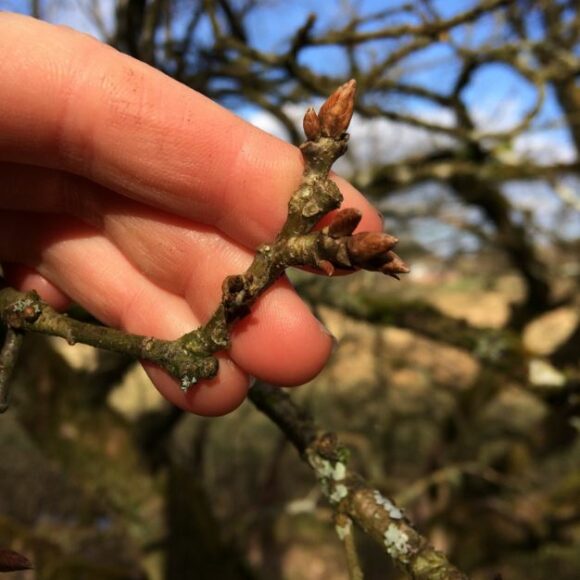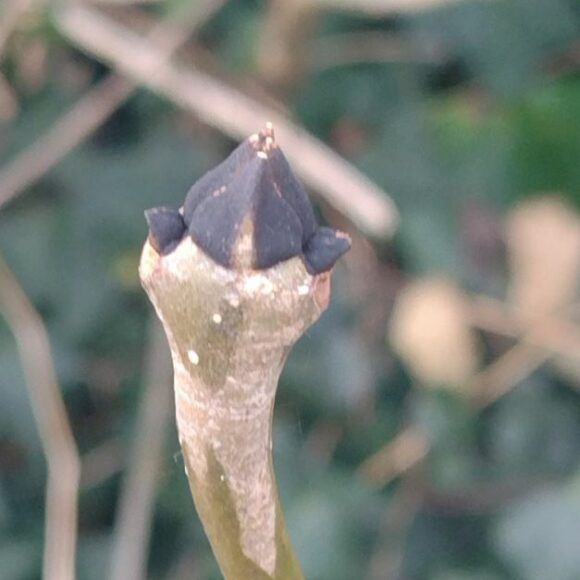
Look Wild: Winter Tree ID
-
Date posted: 20/12/2023
-
Time to read: 5 minutes
Dartmoor is known for its wild open moors and granite tors. But one of my favourite features of the moor are the wooded valleys snaking down through the National Park. These woods are rich in wildlife and known as temperate rainforests cloaked in lichens and mosses and drenched by rain and high humidity from the Atlantic. They can be found around Devon and Cornwall, across Wales, the Lake District and into western Scotland. During the Spring they are alive with migrant birds such as the pied flycatcher and redstart which have travelled thousands of miles from west Africa to breed.
The woods are dominated by sessile oak a magnificent tree, producing sessile (or stalkless acorns) and lobed leaves which are stalked. But can you spot a sessile oak in the winter- now that the frosts, wind and rain have taken their toll and stripped them bare of their leaves?
This is a great time to look more closely at the trees and run your hands over the gnarly and pitted bark. Look at the twigs and you’ll see that next years leaves are already tightly packed into winter buds clustered in neat arrangements. With a bit of detective work you will soon be able to tell which twig is from which tree.

Sessile Oak
Starting with sessile oaks, look for clusters of leaf buds at the end of the twig and the leaf buds which are covered with many overlapping scales. Look on the floor for fallen leaves which have a stalk and if you are lucky you may find stalkless acorns too.

Ash Tree
If you find this tricky to identify then the ash tree can be an easier tree to look out for. It has straight grey twigs with a big black bishops hat of a bud at the end and two smaller black buds either side. You might also spot its bunches of keys dangling from the branches – these are the seeds of the tree waiting to drop down. Sadly many ash trees are dying from the ash die back fungal disease so always approach them with caution.

Rowan
Another common tree that you might see is the Rowan, also known as the mountain ash. It is a much smaller tree usually growing to a few metres (but can grow up to 15 metres tall). Its orangey red berries are quickly picked off by the birds, who helpfully transport these seeds and deposit them in new locations around the woods.
The winter twig has hairy buds with buds alternating either side along the stem of the twig.
Once you start looking at just how different each tree’s buds are you may never look at trees in the same way again. And don’t forget you can always take a picture of the twig and send it to i-naturalist and the app will help you identify it. There are lots of great woodlands to explore on Dartmoor. A great place to start is East Dartmoor National Nature Reserve. Happy twig twitching!
If you’ve been inspired to get out into nature, you can share any photos or observations with us and get featured on our social or our newsletter! Send your observations to connect@nationalparks.uk
Join iNaturalist and start identifying nature near you today! LookWild is a brilliant citizen science project that helps contribute to our data and knowledge of wildlife and habitat health across the UK.
This Blog was written by Andy Bailey at Dartmoor National Park.